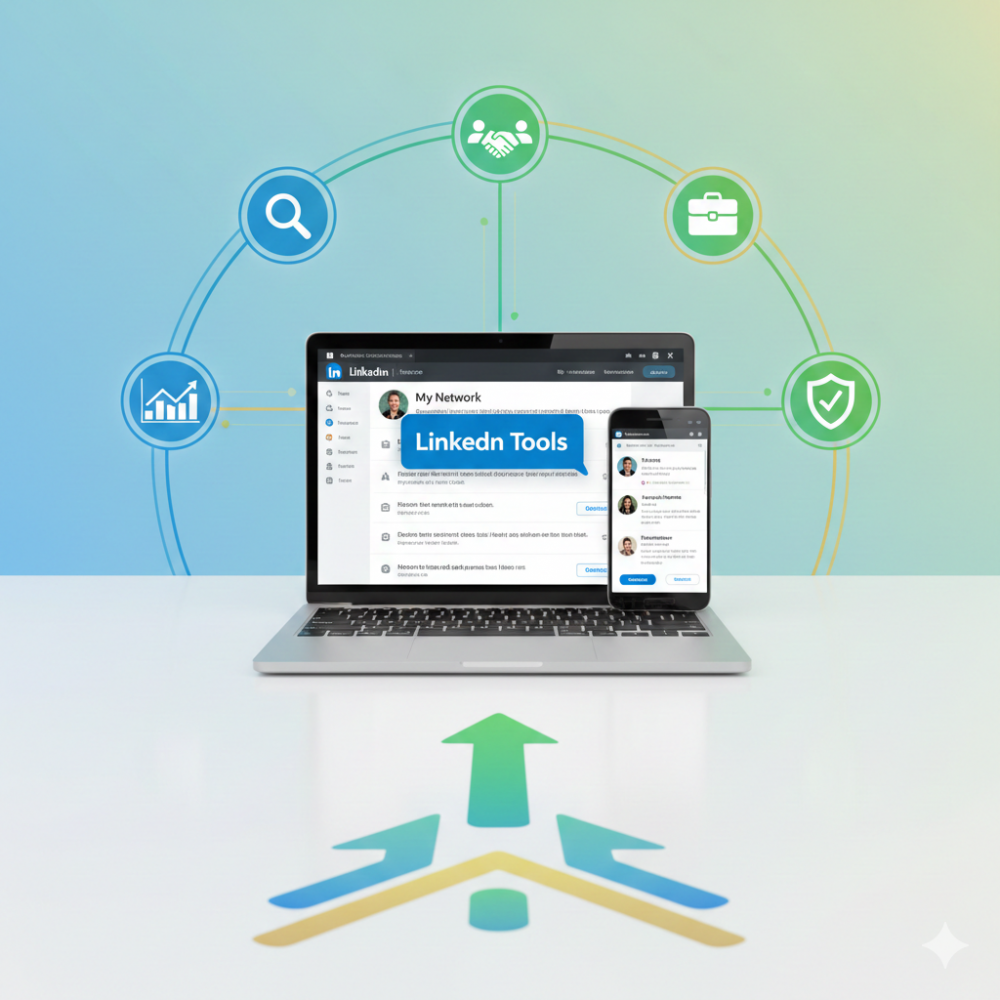
In this fast-moving digital environment, businesses are dependent on web applications to connect with customers, streamline operations and build to scale. In fact, it doesn’t matter if you are building an e-commerce store, SaaS platform or a booking platform, a good web application will support turning your business idea into a thriving digital opportunity.
However, when it comes to building a scalable web application, having great coding skills isn’t enough. It takes strategy, planning, testing and effectively employing digital marketing services to roll out your application to its intended users, but also ensure it operates in the right way as well.
In this article we plan to take you through every essential step, from conceptualization to rollout and we’ll show how working with a professional digital marketing company can generate the most impact bringing you the most overall success as possible.
1. Define Your Idea and Product Market Fit
All great web applications have a great idea at their core. But before jumping into design or development it is essential to validate your idea.
To do this ask yourself:
What is the problem my web application will solve?
Who is the target audience?
How is my solution different from existing solutions?
Market research is the first step to scalability. Getting a solid understanding of the pain points of your users can help you design a web application that adds value. At this stage digital marketing services accent on competitor analysis keyword research and audience profiling, will help you identify trends and opportunities in your niche.
A digital marketing agency will also be able to help you build a Minimum Viable Product strategy so you can test your idea with real customers before making a big investment in real development.
2. Plan The Architecture For Scalability
Having a scalable application is not only about performance today it is also about ensuring you are set up for growth in the future. Proper planning will set your business and web application up to manage an increasing number of users transactions and data without destroy.
Here are the considerations:
Tech stack: You want to choose modern flexible frameworks such as React Node.js or Django.
Database management: Use scalable databases such as PostgreSQL or MongoDB.
Cloud hosting: Amazon AWS, Google Cloud, or Azure offer elasticity and
API integrations: Determine how external services will communicate with your system using efficient methods.
The development team should lead with modular architecture and clean code. A digital service provider that blends technical development and marketing experience can keep your technical decisions aligned with your growth goals.
3. Create a User Focused Experience
A clean user interface and streamlined user experience are the foundation of user retention. It does not matter how many features you have in an app if the design is not usable most users will leave.
Think of:
Simplicity and clarity
Fast loads
Mobile optimization
Clear navigation
Before you design anything, test some prototypes with real users. Used correctly, most digital marketers will include design with business metrics, and will use data to predict what will likely engage their audience best.
Your point is to not only make your application look aesthetically pleasing, but it needs to follow user behavior completely, modeling the entire experience from the landing to eventual conversion.
4. Plan for Scalability and Security
Once the wire frame is designed, you are moving to a stage where developers will start bringing the design to life. This is an important moment for development and is where scalability and performance optimizations are important.
Key considerations are:
Write clean and re-usable code
Incorporate caching systems to speed everything up
Implement load balancers to help manage traffic
Use security protocols – SSL, data encryptions and regular auditing
Marketing concerns with incorporation are still part of the process at this stage. A digital staffing partner for services can configure launch campaigns, SEO optimized content, and analytics — assuring us not only that you’ve got a functional app, but something ready for market to retain customers when you launch it.
For example, if you implement analytics before the launch has been made to scale, integrate this into other analytics programs like GA or Mixpanel from day 1 — this way you are right out of the gate tracking user behaviours to find out what is working for you and what isn’t.
5. Test Before Launch
Testing is the most critical test phase of developing a web app. Testing ensures everything works in terms of performance across devices, browsers and many other expected use cases.
You should test the following:
Functional testing to assert features are working as intended.
Performance testing as your app is performing under load.
Security testing to assess there are no vulnerabilities and threats.
Usability testing to assess end user experience
For example, professional digital services companies often combine technical testing with user-behavior to assure your application is stable but appealing to your intended customers.
6. Launch and Optimize for Actual Users
Once testing is done, you are ready to deploy your web application. You’ll want to deploy it on a trusted cloud hosting service that provides proven uptime and scalability.
But deployment is just the first stage; deployment is the first step in the optimization phase. Web analytics are now being used to track:
User interaction and traffic
Conversion rates
Page load times
Bounce rates
A digital marketing company will be able to leverage this data to refine your content, landing pages, and campaign – ensuring you will have all the visibility and performance you need after you launch.
Launching the app with a digital marketing service strategy will ensure you have the ability and lean to the growth, in these ways, after the application gets deployed. SEO, paid advertising, or social media campaigns are all being utilized to reach your audience faster and convert visits into users of your application.
7. Scale Appropriately Post-Launch
When your app starts to gain traction, the next great challenge will be to maintain performance while pursuing scaling. Scaling will represent both technical scaling (servers, databases) and scaling toward marketing (acquiring additional users for less money).
Here are a few best practices for scaling:
Utilize continue integration and deployment.
Use auto scaling cloud servers when traffic spikes.
Keep on growing your SEO and content marketing capabilities.
Take feedback frequently from client requests and keep the advantageous updates coming.
An all in approach from digital service technology, digital analytics and digital marketing enables the application to …
8. Promote Your App Using Digital Marketing Services
A great app can still fail if no one knows about it. This is where digital marketing services come into play.
Most effective promotion strategies for your app include:
Search Engine Optimization: Increasing the rankings of your app and visibility.
Content Marketing: Publishing engaging but valuable blogs guides and case studies to attract users.
Social Media Campaigns: Reaching potential users on Facebook, Instagram LinkedIn, etc.
Paid Advertising: Make it easy for your users to find you with PPC campaigns.
Email Marketing: Nurture those users into paying customers.
A credible digital marketing or advertising agency can handle this for your business so your web app has the best chance of attracting users engaging them with your app and retaining them as satisfied happy users.
Final Thoughts
Building a scalable web application is a journey. A journey that entails working with creative minds and adopting technology while leveraging your digital marketing furtively. Each step from concept to build and launch is important to the successful build, and ultimately to be able to compete on the market.
With a credible digital marketing agency, you can harness the digital services of Facebook, LinkedIn, SEO, cause marketing, analytics, branding, etc. from day one. When you adopt an “integrated” infrastructure analysis with your web app, your web application is not just made to last – it can be made to grow.







